I'm trying to generate a non-linear curve between two integers, let's say 0 and 25 that matches up to this curve here:
It seems like a stupid simple problem, the curve I need even looks like part of a circle, so generating a large circle, and taking the points at the bottom right would solve this, but I don't know how to do any of that.
All I need is a list from 0 to 25 with the curve as a part of that list, if that makes sense. Starting slowly increasing, then speeding up, then slowing down near the end.
I've tried this with a similar result, but it's not at the exact angle/curve.
x=[]
y=range(25)
for i in range(25):
x.append((i**.25)**2)
plt.plot(x, y)
plt.show()
Thanks


